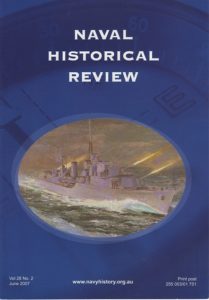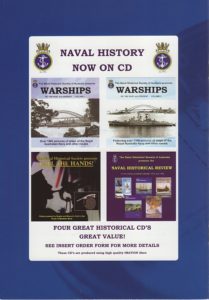Her last voyage (Australia l)
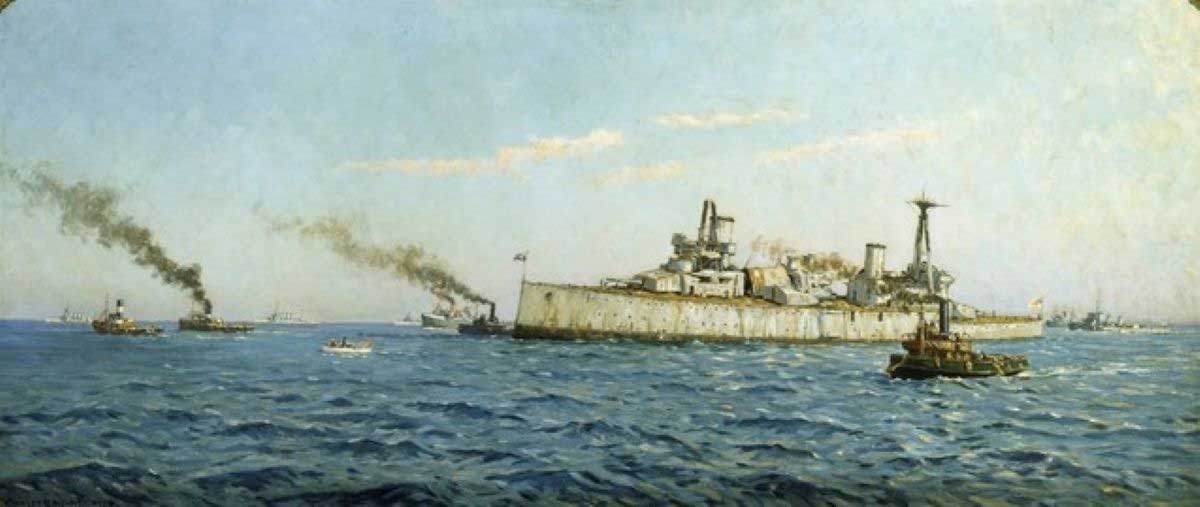
The Royal Australian Navy battle cruiser, HMAS Australia (l), is escorted by other RAN vessels, being towed out to sea before being sunk with full honours, under terms of the Washington Treaty.
- About Charles Bryant
Charles Bryant grew up in Manly, where he developed a love for the ocean and was a keen surfer and sailor. He began a career as a clerk at the Bank of New South Wales, also studying art under W. Lister and exhibited with the Royal Art Society of NSW.
In 1908 he travelled to London and studied marine painting under seascape artist Julius Olsson at St. Ives in Cornwall. From early in his career, he was interested in depicting coastal scenes and maritime subjects. He exhibited at the Royal Academy and the Paris Salon and worked as an illustrator for Cassell & Co. Publication.
In November 1917, he was appointed an official war artist and enlisted in the Australian Imperial Force (AIF) on 4 December 1917. He travelled to Western Front attached to the 2nd Division of the AIF. In 1918 he completed sketches and small paintings of bomb-damaged villages and landscapes in France. He also painted the embarkation and disembarkation of Australian troops at Le Havre and Boulogne. Bryant's initial appointment of three months was regularly extended and only terminated after the end of the war on 12 December 1918.
In 1922, he returned to Australia, and in 1923 was sent to the mandated territories in New Guinea to paint scenes of the occupation by the Australians. In 1925, he painted a picture of the American fleet which was presented by Sydney citizens to the United States government. This picture is now at the Capitol, Washington.
Bryant was a founder of the Manly Art Gallery in 1924 and in 1929 vice president of the Royal Art Society of NSW. He continued to exhibit his works in Australia. Following a short illness, Bryant died in Sydney on 22 January 1937.
Sixty-nine of his paintings are in the Australian War Memorial, Canberra. He is also represented in the Sydney, Melbourne, Adelaide, Castlemaine and Manly galleries, and the Imperial War Museum, London.
- About HMAS Australia (I)
The Australian Navy’s first flagship, the battle cruiser HMAS Australia was the centrepiece of the ‘Fleet Unit’, whose acquisition signalled the RAN’s arrival as a credible ocean-going force.
More reading
- Additional resources for Charles Bryant
- Additional resources for HMAS Australia (I)
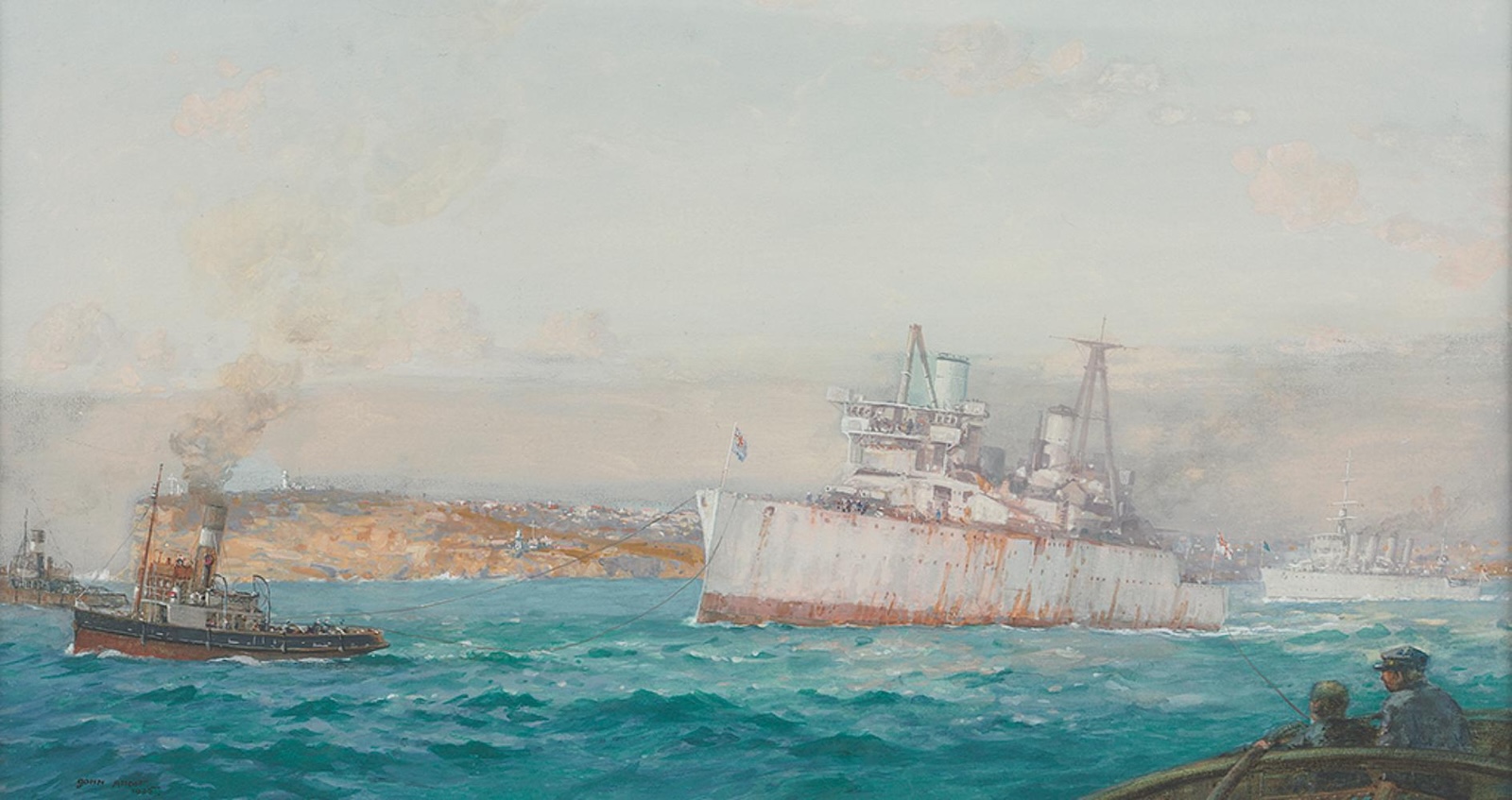
HMAS Australia I Under Tow for Scuttling Outside the Sydney Heads
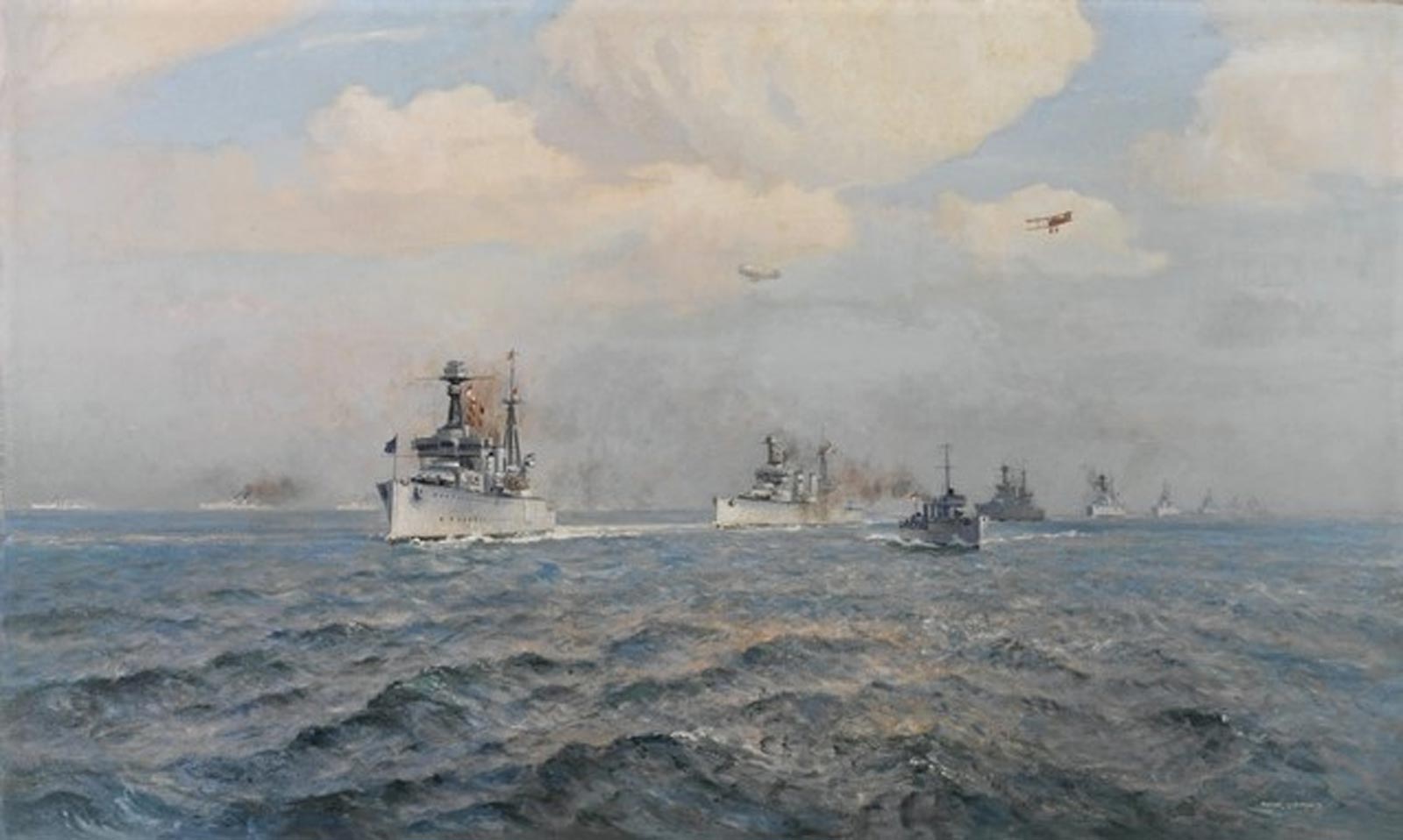
HMAS Australia (I) at the surrender of the German fleet in the Firth of Forth
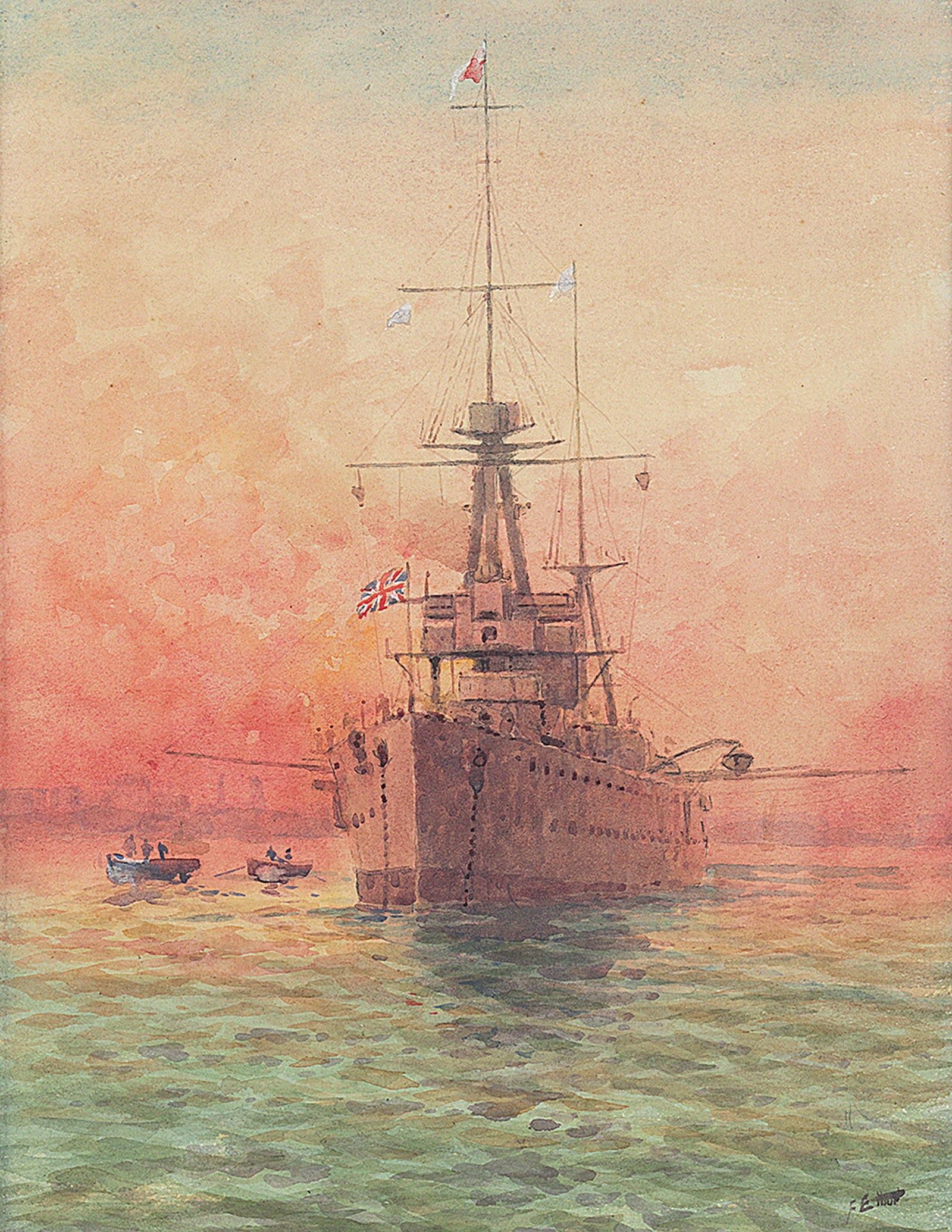
HMAS Australia (l) in Farm Cove
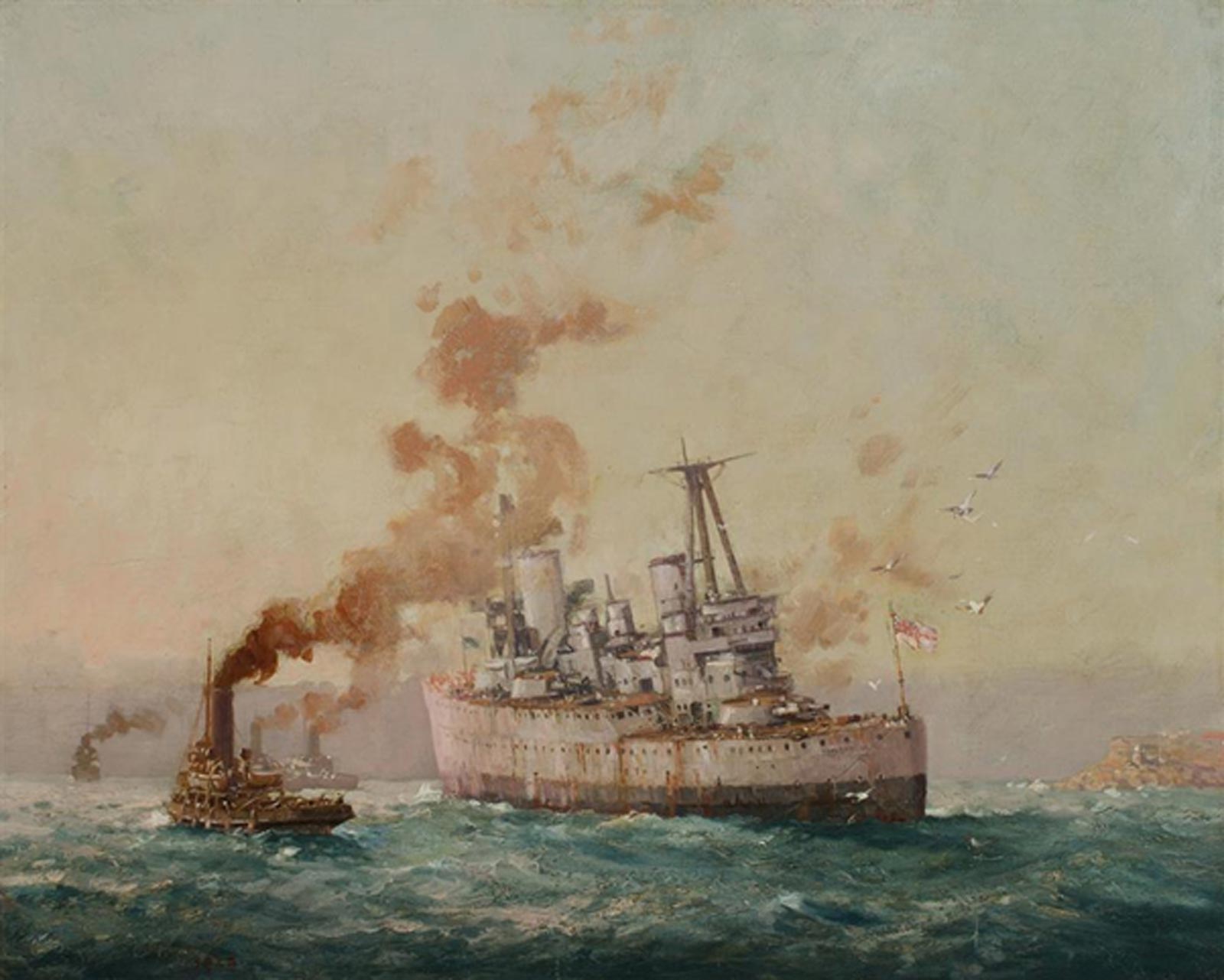
The Passing of the Flagship, HMAS Australia (I)
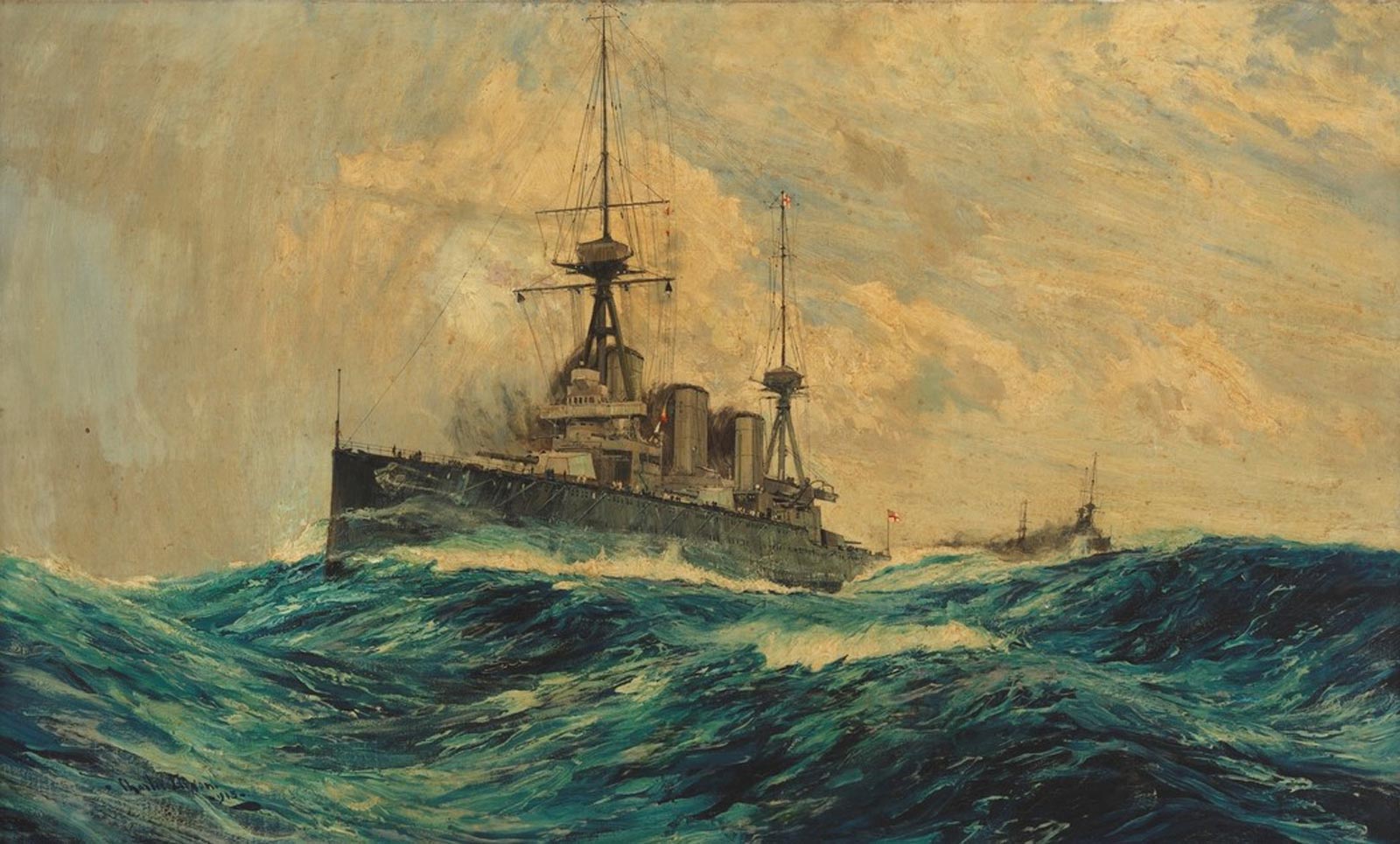
HMAS Australia (l) 1913
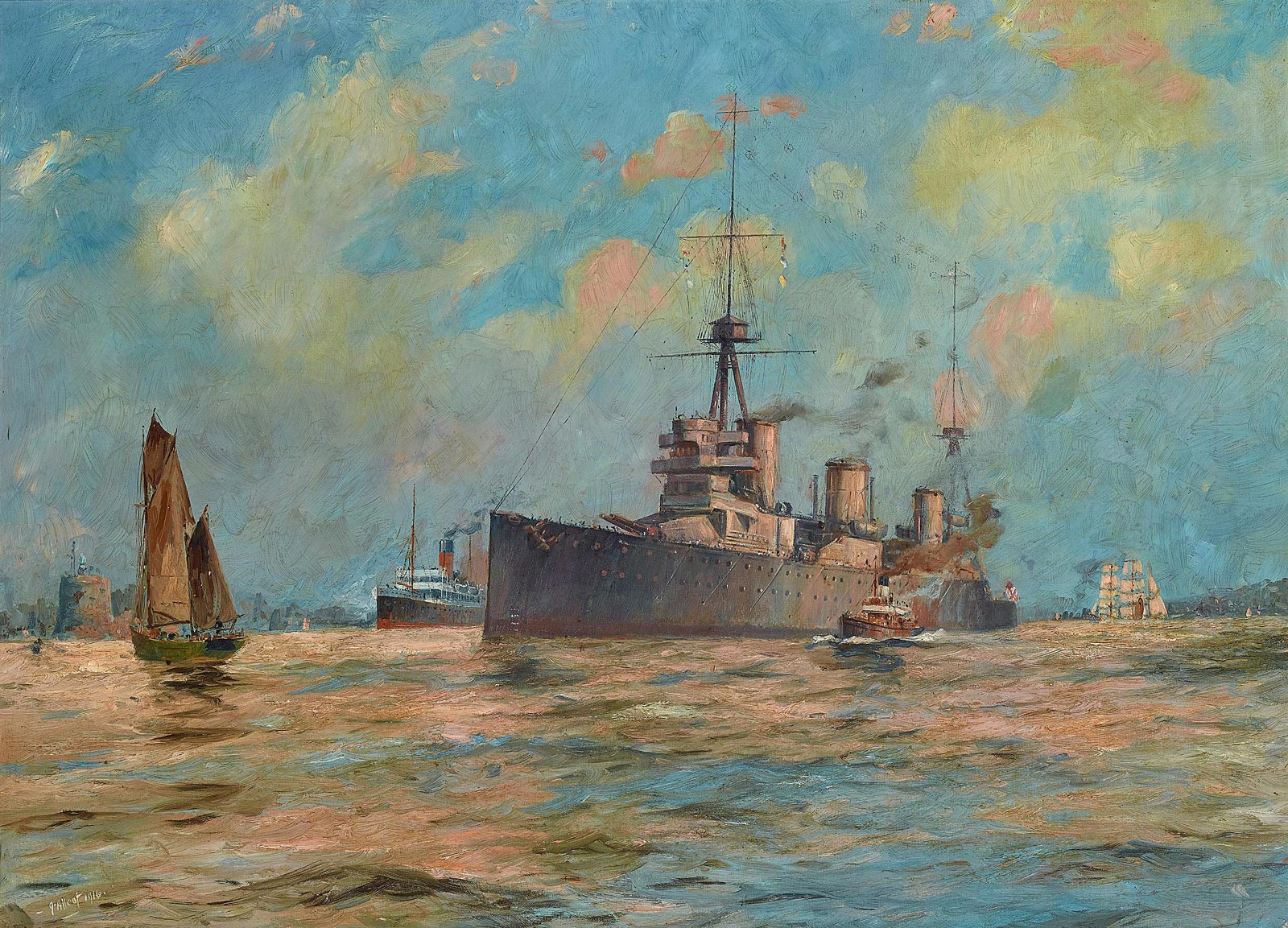
HMAS Australia (I) in Sydney, 1916

